Customer case study in PJM:
When a price hedge poses substantial threat to portfolio returns
October 11, 2022 | CWP Energy Solutions
Contracting an asset at the settlement hub can be a very comforting thing until the price at the injection node starts to deviate from the price of the hub. That deviation is what we call, basis risk.
When such a situation arise, the “Why are we losing money?” meetings begin and you realize that basis risk isn’t something you are protected against.
CWP Energy Solutions was contacted by a wind portfolio owner in PJM and was brought on board to implement Active Asset Management strategies intended to mitigate the impacts of the basis that negatively impacted its portfolios and substantially diminished their IRR.
Using their proprietary set of market decision-making tools, CWP Energy Solutions primarily used Day-Ahead/Real-Time optimization, Financial Transmission Rights, and Financial Energy Trading on the Intercontinental Exchange (ICE) to generate incremental portfolio value and offset PPA outflows.
Several portfolios located in western PJM were adversely impacted by both transmission outages and exceptionally high wind generation throughout the second quarter of 2022. Located beside a substantial amount of wind generation and other low-cost generation, the resource nodes within the portfolios faced significant price weakness relative to the settlement hub.
With the expectation of increased congestion, resulting from high wind generation and planned line outages accordingly, CWP Energy Solutions aided in the development of an FTR strategies intended to protect the wind assets from substantial basis in the day-ahead.
In June, the FTRs generated over $4/MWh in value above the passive benchmark, with an additional $2/MWh coming from DA/RT Optimization and asset-backed ICE trading while significantly reducing the tail risk of the portfolio.
In contrast, to June, July was a particularly low wind month, resulting in substantially lower returns from various FTR strategies with a reduction in basis accordingly. With less generation across the portfolio, DA/RT optimization and forward sales of expected generation became superior tools in adding value. Of the added value in July, roughly half was derived using asset-backed trading strategies, with the other half attributable to DA/RT optimization.
Despite being faced with juxtaposed market conditions from one month to the next, CWP Energy Solutions was able to add value via the use of Active Asset Management, while reducing the value-at-risk (VaR) relative to the passive benchmarks by 50% across all portfolios.





